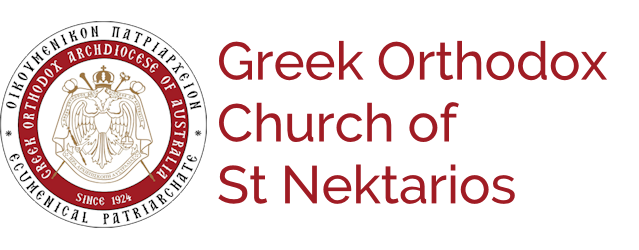There are three ‘Major Orders’ in the Orthodox Church, Bishop, Priest, Deacon; and two ‘Minor Orders’, Sub-deacon and reader. Ordinations to the Major Orders always occur during the course of the Liturgy, and must always be done individually. Only a Bishop has power to ordain, and the consecration of a new Bishop must be performed by three or at least two Bishops, never by one alone: since the episcopate is ‘collegial’ in character, an episcopal consecration is carried out by a ‘college’ of Bishops.
An ordination while performed by a Bishop, also requires consent of the whole people of God; and so at a particular point in the service the assembled congregation acclaim the ordination by shouting ‘Axios‘ (‘He is worthy!’).
Orthodox priest’s are divided into two distinct groups, the ‘white’ or married clergy, and the ‘black’ or monastic. Ordinands must make up their mind before ordination to which group they belong, for it is a strict rule that no one can marry after being ordained to a Major Order. Those who wish to do so must before becoming a Deacon.
In the past the parochial clergy were almost invariably married, but today it is now quite common for a monk-priest to be put in charge of a parish. Since the sixth or seventh century the bishop has been required to be celibate, and from at least the fourteenth century onwards he has had to be in monastic vows; a widower, however, can be made a Bishop if he receives monastic profession.
In the early Church the Bishop was often elected by the people of the diocese, clergy and laity together. In Orthodoxy today, it is usually the Governing Synod in each autocephalous Church which appoints Bishops to vacant sees.
In the Orthodox Church the deaconite is in principle a permanent office, not just a stepping stone on the way to the priesthood, and their are many Orthodox deacons who have no expectation of advancing to any higher rank. For a full celebration of the Divine Liturgy a deacon is required, and so every Parish is ought to have its own; but in practise deacons have become a rarity in some areas.
Bibliography: Kallistos,. 1993. The Orthodox Church. 1st ed. London, England: Penguin Books.

Write a comment: